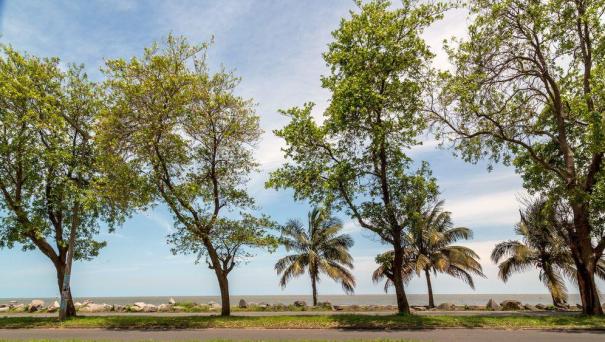About Maputo
Maputo is known as the City of Acacias, in reference to acacia trees commonly found along its avenues, and the Pearl of the Indian Ocean. Today, it is a port city, with its economy centered on the harbour. According to the 2007 census, the population is 1,766,184. An inlet of the Indian Ocean, Lourenço Marques was named after the Portuguese navigator who, with António Caldeira, was sent in 1544 by the governor of Mozambique on a voyage of exploration. The town developed around a Portuguese fortress completed in 1787. In 1871, the town was described as a poor place. The People's Republic of Mozambique was proclaimed on 25 June 1975. Maputo is a relatively dry city, averaging 814 millimetres (32.0 inches) of precipitation per year. Maputo also features noticeably warmer and cooler seasons, with its warmest month (January) on average about 7 °C (13 °F) warmer than its coolest month (July). Maputo is a melting pot of several cultures. The Bantu and Portuguese cultures dominate, but the influence of Arab, Indian, and Chinese cultures is also felt. An important cultural and artists' centre in Maputo is the Associação Núcleo de Arte.
